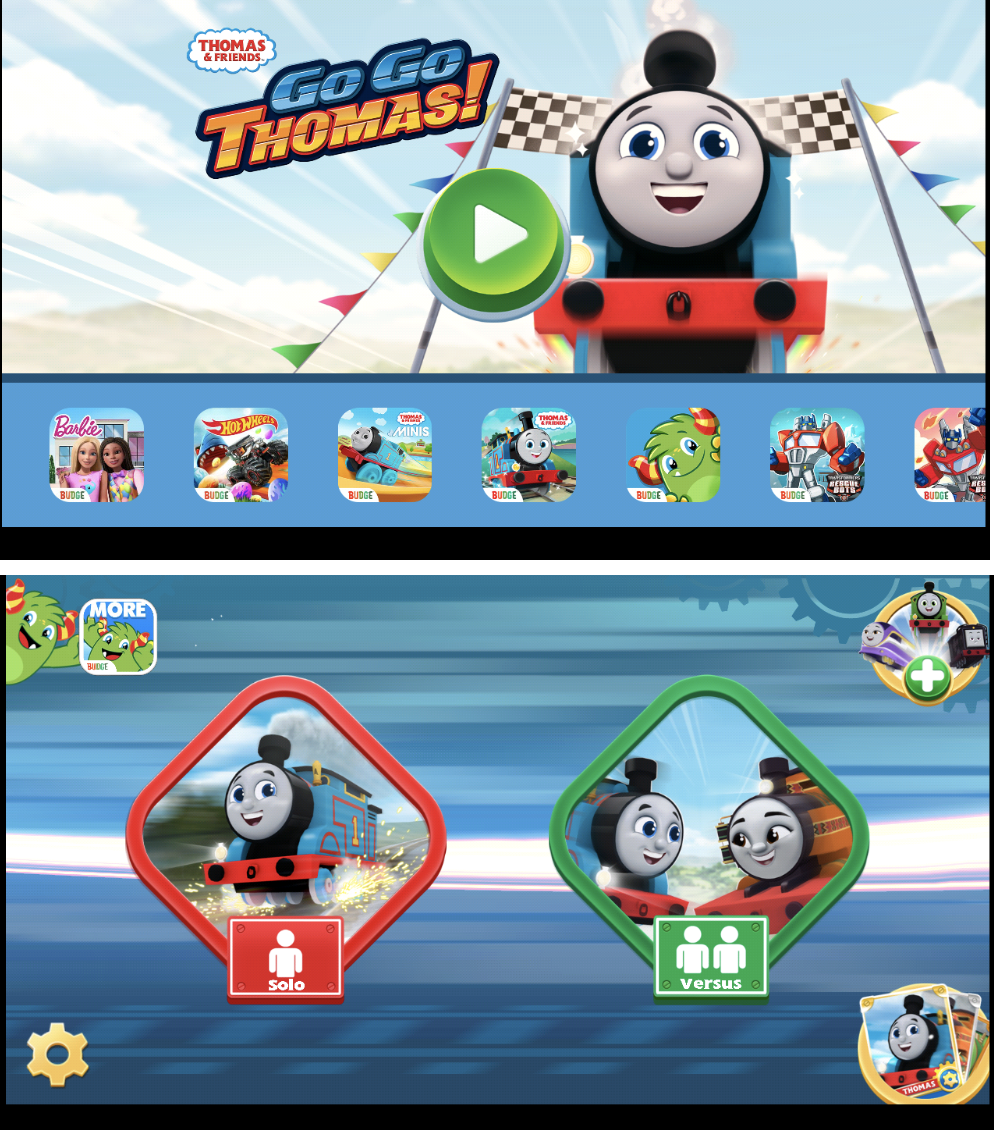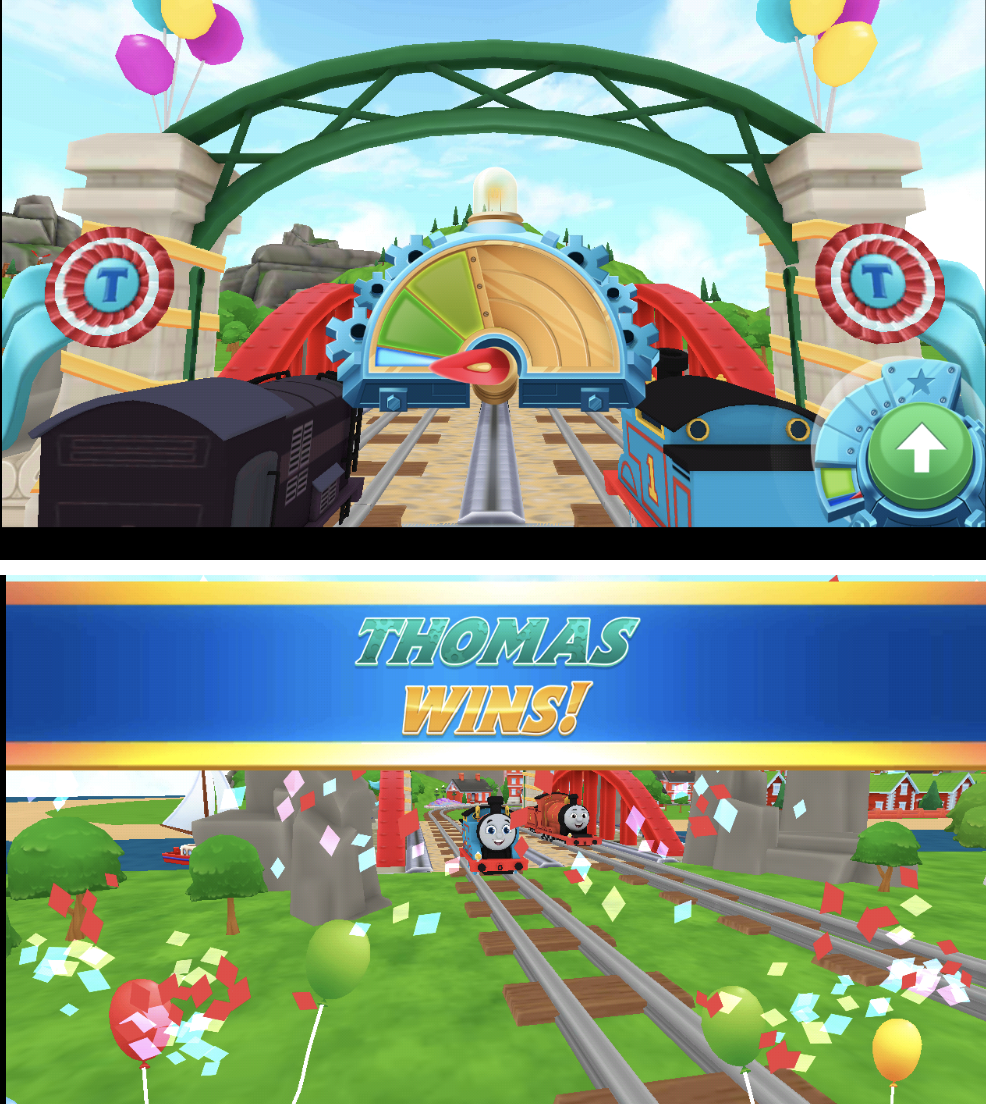
Welcome to Pixalate’s CTV & Mobile App Manual Reviews According to COPPA, a series containing the detailed factors the Trust & Safety Advisory Board educators used to assess an app’s child-directedness.
The educators manually review thousands of mobile apps available in the Google Play & Apple App Stores as well as connected TV (CTV) apps from the Roku Channel Store and Amazon Fire TV App Store using the COPPA Rule factors shown below & make those results available to the public at ratings.pixalate.com.
This post takes a look at a game which is available from the Google Play & Apple App Stores. Our reviewer discusses how the subjective factors set forth in the COPPA Rule apply to the app and factor into the reviewer's determination as to whether the app is child-directed or general audience (i.e., it is not targeting children).
The teacher will indicate the factors they relied upon in their assessment using the 10 factors shown below that reflect the 10 child-directed factors in the COPPA Rule.

and
Kiddo is a compilation of 10 different television shows for children to watch. Although the videos center around different subjects, the language in each is directed toward young children. Many are educational, with descriptions mentioning specific curriculum ties or developmental milestones.
Shows that can be found on Kiddo:
and
Go Go Thomas is a simple game that allows users to race trains from the popular TV Show, Thomas & Friends (also known as Thomas the Tank Engine for those of us who grew up watching in the 80s and 90s).
The game involves selecting a train from the show to compete with and another train to race against. Users simply tap the accelerator repeatedly to have their engine move and can occasionally tap a speed boost that allows them to go a bit faster.
Without paying extra players are only able to select Thomas and one track to race on. Each race is against a different train, but there are no multiple options for an individual race competitor. Optional paid upgrades allow users to select additional tracks, engines, and competitors.
and
The animations and visuals in the app mirror those of the show and are all very kid-friendly. The animated trains have smiling faces and are brightly colored. The game map is the same as the island home of the trains on the show, allowing users to choose different parts of the island to race on.
The animations within the race are simple, allowing children to focus on the race while basic animated landscapes stream by. There is a jump in the tracks which allows the players to push a button for their train to do a flip in the air before landing on the other side. The optional speed boost not only increases the train's speed for a short amount of time but also streams rainbows and stars around the train to indicate they are in the speed boost.
The background on non-race screens shows railroad tracks with streaming blue lines, making the player feel as if they are watching the sky stream by a window from a train.
and
There is minimal text on the screen and a child’s voice narrates any important information. The narrator and visual indicators guide users on what to tap and how to interact with the game.
The race track names are fun and appealing to children such as Funnel Tunnel or Daring Docks. While racing on these tracks train whistles and clanking around the tracks can be heard. The music that plays in the background before and during the race is childlike and upbeat, similar to the type of music you would hear in the Thomas & Friends show or other cartoons.
Confetti, balloons, and verbal congratulatory remarks from the narrator await any player who wins the race. Pieces of a golden cog are earned each time a race is won. Once a full cog is complete it can be traded in for a starting boost, acceleration, or special ability booster upgrade. The more races that are won, the more upgrades can be earned.
Thomas the Tank Engine has been a popular TV show and pop culture icon since the 1980s in both the United Kingdom and the United States. Parents and children alike recognize Thomas and are familiar with his adventures.
All of the advertising within the app is for other games developed by Budge. Small ads in the top corner of the screen and a scrolling banner ad on the home screen rotate between various Budge apps. Video ads are played in transitions throughout the game and give a more clear representation of the gameplay involved in the developer’s other apps.
and
Thomas & Friends: Go Go Thomas is rated 4+ on the Apple App Store, E on the US Google Play Store, and PEGI 3 on the European Google Play Stores. The app description reflects an intended child-directed audience by stating, “Fun Kids train racing game for boys, girls and children of all ages.”
Reviews also reflect a child-directed audience, with most reviews from parents indicating that their children are using the app. There are also plenty of reviews from kids writing about their own experiences with the app. The reviews seem to indicate that most users are between 2-5 years old.
Privacy:
According to the privacy policy, which was last updated on May 31, 2021, Budge Studios does recognize that the targeted audience of most of their apps is children. They state that they are in compliance with COPPA and that “Budge Studios does not knowingly collect personal information as defined by COPPA from children through its Sites or Programs.” While they do not specifically list which apps they consider child-directed, they do mention that they treat all users of their child-directed apps as children and therefore do not employ the use of an age gate or require any registration to use the apps. There is no age gate on Thomas & Friends: Go Go Thomas and it seems likely this would be considered a child-directed app by the developer. Budge Studios links directly to the Federal Trade Commission’s website on COPPA as part of their privacy policy.
Screenshots of Thomas & Friends: Go Go Thomas:


Pixalate’s Trust and Safety Advisory Board was created to bring in individuals with experience using child-directed apps in the classroom to review and assess which apps are child-directed. This manual review process serves to quality check Pixalate’s automated review process. See our full methodology for more information.
Disclaimer
This blog post published by Pixalate is available for informational purposes only and is not considered legal advice. By viewing this blog post, the reader understands and agrees that there is no attorney-client relationship between the reader and the blog publisher. The blog should not be used as a substitute for legal advice from a licensed professional attorney in the applicable jurisdiction(s), and readers are urged to consult their own legal counsel on any specific legal questions concerning any specific situation. The content of this blog post reflects Pixalate's opinions with respect to factors that Pixalate believes may be useful to the digital media industry. Pixalate's opinions are just that, opinions, which means that they are neither facts nor guarantees; and this blog post is not intended to impugn the standing or reputation of any entity, person or app, but instead, to report findings pertaining to mobile and Connected TV (CTV) apps.
*By entering your email address and clicking Subscribe, you are agreeing to our Terms of Use and Privacy Policy.
These Stories on Mobile
*By entering your email address and clicking Subscribe, you are agreeing to our Terms of Use and Privacy Policy.

Disclaimer: The content of this page reflects Pixalate’s opinions with respect to the factors that Pixalate believes can be useful to the digital media industry. Any proprietary data shared is grounded in Pixalate’s proprietary technology and analytics, which Pixalate is continuously evaluating and updating. Any references to outside sources should not be construed as endorsements. Pixalate’s opinions are just that - opinion, not facts or guarantees.
Per the MRC, “'Fraud' is not intended to represent fraud as defined in various laws, statutes and ordinances or as conventionally used in U.S. Court or other legal proceedings, but rather a custom definition strictly for advertising measurement purposes. Also per the MRC, “‘Invalid Traffic’ is defined generally as traffic that does not meet certain ad serving quality or completeness criteria, or otherwise does not represent legitimate ad traffic that should be included in measurement counts. Among the reasons why ad traffic may be deemed invalid is it is a result of non-human traffic (spiders, bots, etc.), or activity designed to produce fraudulent traffic.”

